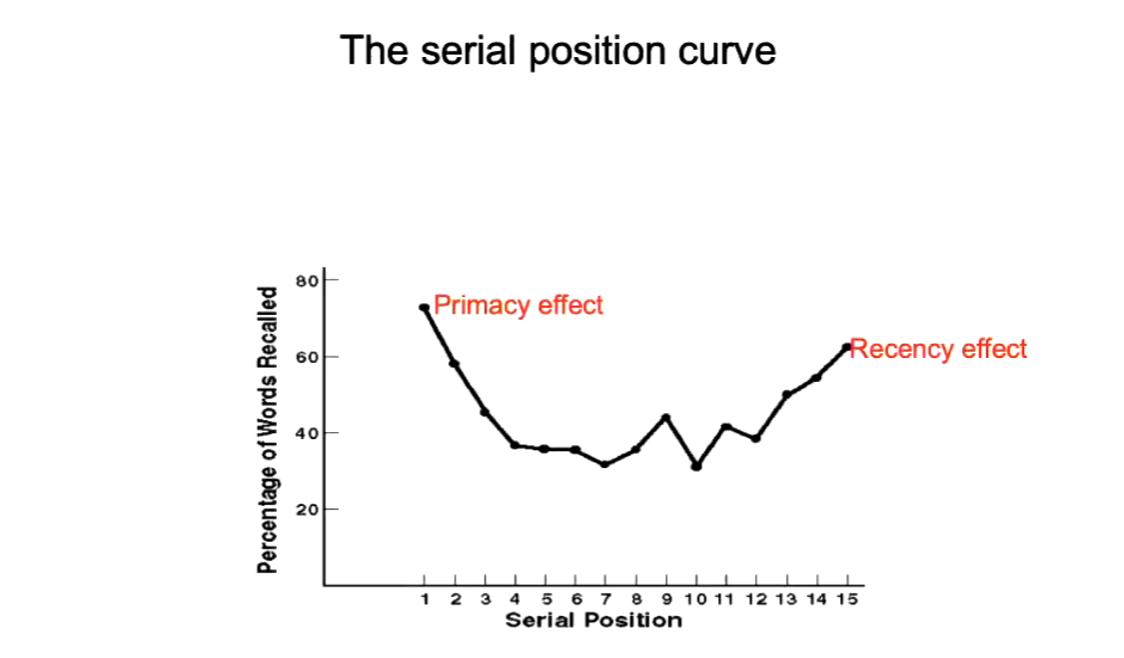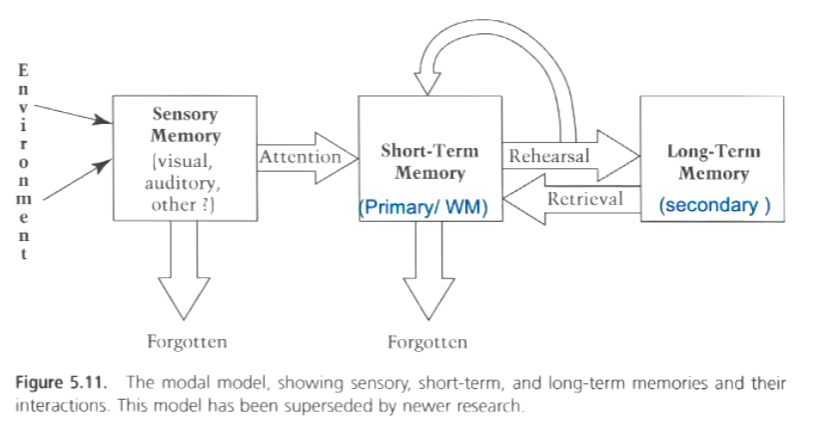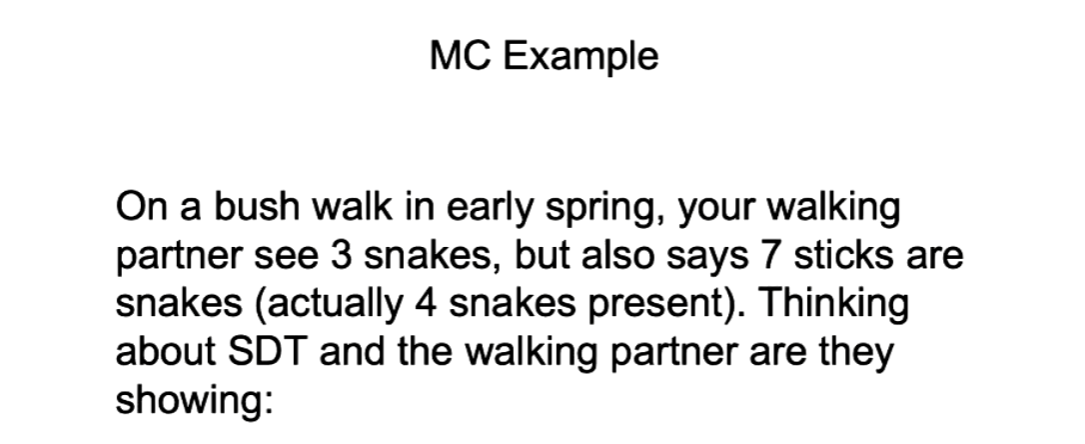PSYC2050 Lecture 8 - Long Term Memory 1
1/37
There's no tags or description
Looks like no tags are added yet.
Name | Mastery | Learn | Test | Matching | Spaced |
|---|
No study sessions yet.
38 Terms
Define Long-Term Memory (LTM)
Preservation and actionable retrieval of memories in experience including sensations, emotions, thoughts and beliefs
What is semantic memory?
Memory for facts, concepts, and general knowledge (e.g., “Paris is the capital of France”), not tied to personal experience.
What is episodic memory?
Memory for personal experiences and events, including context like time and place (e.g., “My trip to Thailand in 2024”).
What are the differences between semantic and episodic memory?
Semantic - Not contextual, based on knowledge & concepts e.g. water boils at 100°C
Episodic - Personal experiences or context specific events linked to time & place e.g. unboxing my PS4 for Christmas
What did Murdock (1962) study?
Murdock asked participants to remember a list of 10 - 30 words, each presented for a few seconds, after which they could freely recall any words in any order.
What did Murdock (1962) find?
Words at the beginning (primacy effect) and end (recency effect) of the list were remembered best, while words in the middle were often forgotten.

What is the primacy effect?
The tendency to better remember items at the beginning of a list, because they are rehearsed and stored in long-term memory.
What is the recency effect?
The tendency to better remember items at the end of a list, because they are still in short-term memory.
Why are the first and last words of Murdock’s list of words remembered better?
Primacy: early words get rehearsed and stored in long-term memory.
Recency: last words are still in short-term memory at recall.
What would happen to participants if they were asked to count backwards after Murdocks word list?
The words stored in their STM from the recency effect would be eliminated due to the limited capacity and disruption, but the primacy effect lets the words at the start of the list stay as LTM is unaffected.
Describe Atkinson & Shiffrin’s (1968) Modal Model

What does sensory information do in the modal model?
Holds incoming sensory information with a high capacity but brief duration
What does STM do in the modal model?
Holds memory needed for current actions with a limited capacity.
Information can be rehearsed to stay longer and transfer to LTM
What does LTM do in the modal model?
Long-Term retention and vast capacity for information
What are the two tasks that can be performed to test for LTM?
Recall tasks
Recognition tasks
What are recall tasks?
A task where participants retrieve information from memory without seeing it again. Accuracy (number of items correctly recalled) is the main dependent variable.
What are the three types of recall tasks?
Free recall
Serial recall
Cued recall
What is free recall?
Participants recall words in any order until they no longer are able to
What is serial recall?
Participants recall words in the same order they were presented
What is cued recall?
Participants are given a cue for each word to make recall easier.
What are recognition tasks?
Tests memory by asking participants if they have seen an item before (episodic recognition)
What is single-item recognition?
Participants decide if a single world was in the study word list (Yes = Old, No = New)
e.g. “Was the word Mouse in the word list? Yes = Old, No = New”
What is response bias in memory tasks?
The tendancy to perform a particular way regardless of actual memory
e.g. saying yes more than no
What is Signal Detection Theory (SDT)?
A framework used to distinguish memory accuracy from response bias by subtracting False Alarm rates from Hit Rates
What are Implicit LTM tasks?
Semantic tests that measure memory without intentional episodic retrieval (memory can be accessed without a conscious search process).
Past experiences influence behaviour automatically
What are Explicit LTM tasks?
Tasks that involve conscious, intentional recall of past experiences or information. You deliberately try to remember.
What is priming?
Priming occurs when exposure to a stimulus (e.g., the word “yellow”) influences response to a later stimulus (e.g., recognising “banana” faster) without conscious recollection of the first exposure
What is the forgetting curve?
Losing information overtime in a systematic, nonlinear fashion

What is decay?
Memories or the connections between them fading if they are not used
Does decay fully explain forgetting?
Decay may play a role in forgetting but more studies are needed in support of this - it is more likely that interferance and other effects located at retrieval play a more important role
What are the two types of interference?
Proactive interference
Retroactive interference
What is proactive interference?
When old information blocks learning new information.
e.g. remembering your old UK phone number makes it harder to remember your AU phone number
What is retroactive interference?
When new information interferes with old information.
e.g. learning a new password makes it harder to remember your old one

What is inhibition in memory?
A process where retrieving certain information suppresses or blocks access to other related memories - though traumatic events are often exceptions and tend to be well-remembered.
What are false memories?
Memories of events or details that never actually happened, but feel real to the person remembering them.
What is the misinformation effect?
How post-event information (like leading questions) can distort or create false memories.
What do false memory and misinformation effects show about memory?
False memory and misinformation effects show that memory retrieval is a re-constructive process, which also reinforces the difficulty of recovering accurate source information